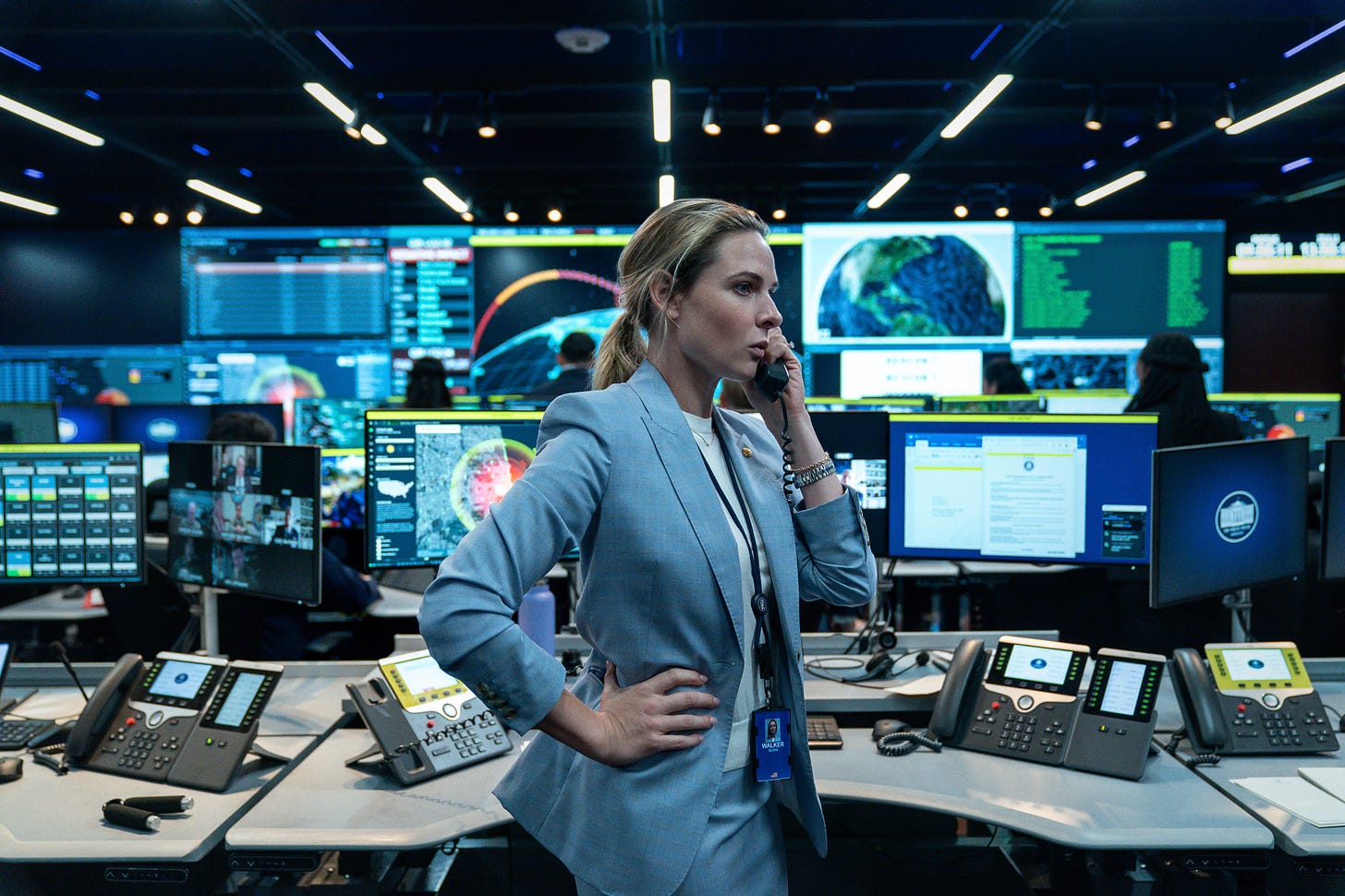A House Of Dynamite: Defence Tech on Film Versus Reality
An excerpt of our piece which examines the plausibility of a new Netflix thriller about our response to a nuclear missile attack
The arts often help us navigate societal issues. Throughout time, one can trace what is important to a group of people by what emerges across artists’ output; the defence and security landscape has often been examined across contemporary art, photography, the stage, music, television, and literature. The most recent iteration of this interplay is A House of Dynamite, a film directed by award-winning Kathryn Bigelow, of Zero Dark Thirty fame. Resilience Media contributor Tom Pashby spoke with defence tech military, academic, and policy experts about what Hollywood got right — and missed — when bringing A House of Dynamite to the screen. Have you watched it yet? Let us know what you thought of the film. And a warning: this piece contains spoilers.
In the wake of the 80th anniversary of the bombings of Hiroshima and Nagasaki, a new Hollywood film, A House of Dynamite, captures the panic and paranoia that can ensnare even those trained to respond to a nuclear emergency.
The trailer for the movie, directed by the award-winning Kathryn Bigelow and briefly released in cinemas before its debut on Netflix this month, shows leadership from the US political and defence establishment racing to figure out how to respond to a single, unattributed nuclear missile heading towards the US from the Pacific Ocean.
Тhe film, presented in three 18-minute segments that replay the same moments from different perspectives across the US government, paints a highly critical image of the ballistic missile defence capabilities of the US.
Each of these segments includes characters across a variety of groups: a team of young soldiers operating a Ground-Based Midcourse Defense (GMD) at Fort Greely in Alaska which can fire Ground-Based Interceptors (GBIs) at ballistic missiles; the White House Situation Room; Strategic Command (STRATCOM); the emergency response room at FEMA; and others.
The triangulation of perspectives, the timelines, and the steps each team takes were reportedly based on research around how events would actually play out in the real world. However, experts believe that the accuracy of the picture painted in A House of Dynamite is mixed.
Theodore Postol, a Professor of Science, Technology and National Security Policy at MIT, has helped others gaming out nuclear responses, including advising Annie Jacobsen on her 2024 book Nuclear War: A Scenario.
In an interview with Resilience Media, Dr Postol said he doesn’t see the film as being “intended to give a totally accurate technical picture” of how the US ballistic missile defence system operates. All the same, “the general momentum and timelines and sense that something has to be done quickly, is relatively realistic,” he added.


